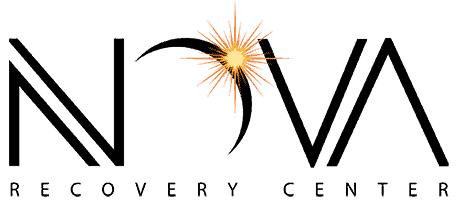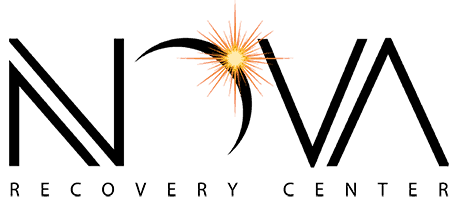Rehab for Narcotic Addiction: Safe Treatment Options
GET HELP TODAY!
100% Confidentiality Guaranteed
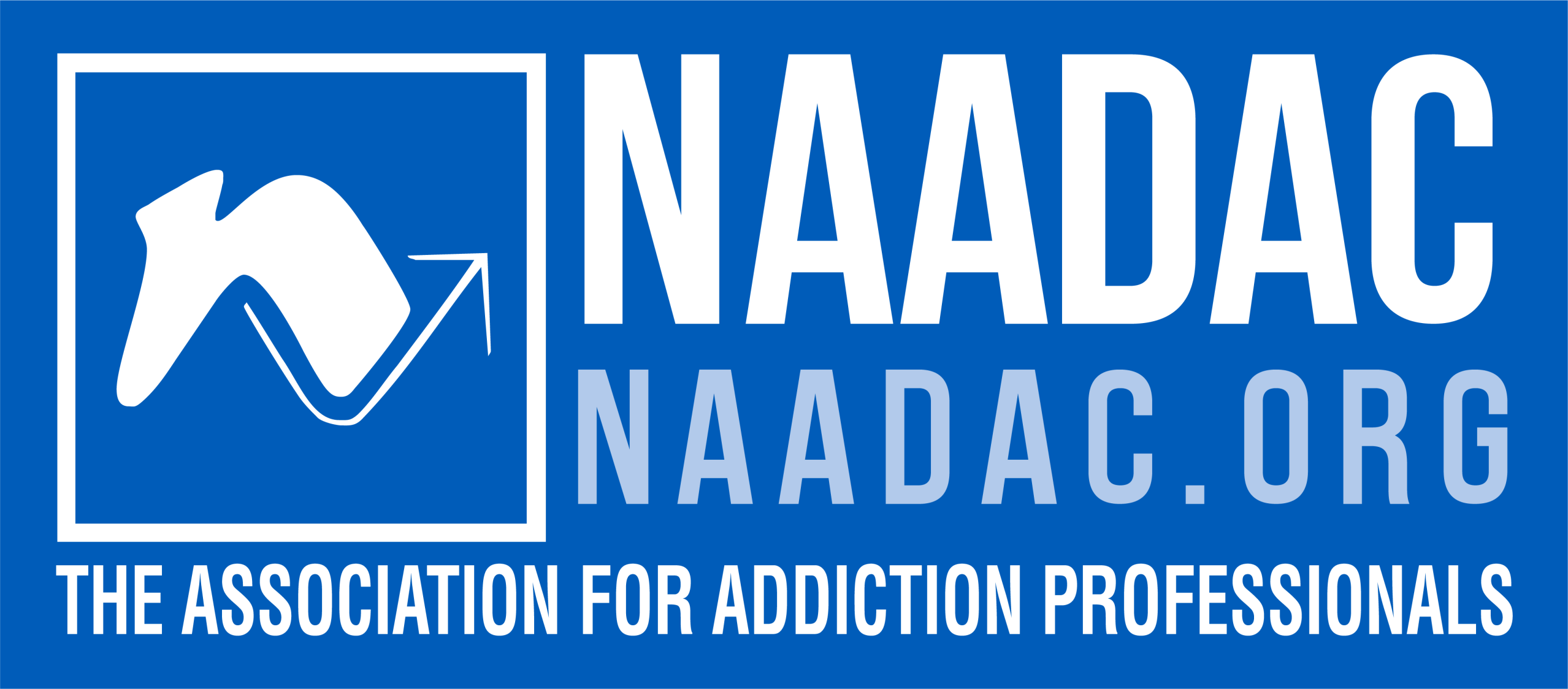
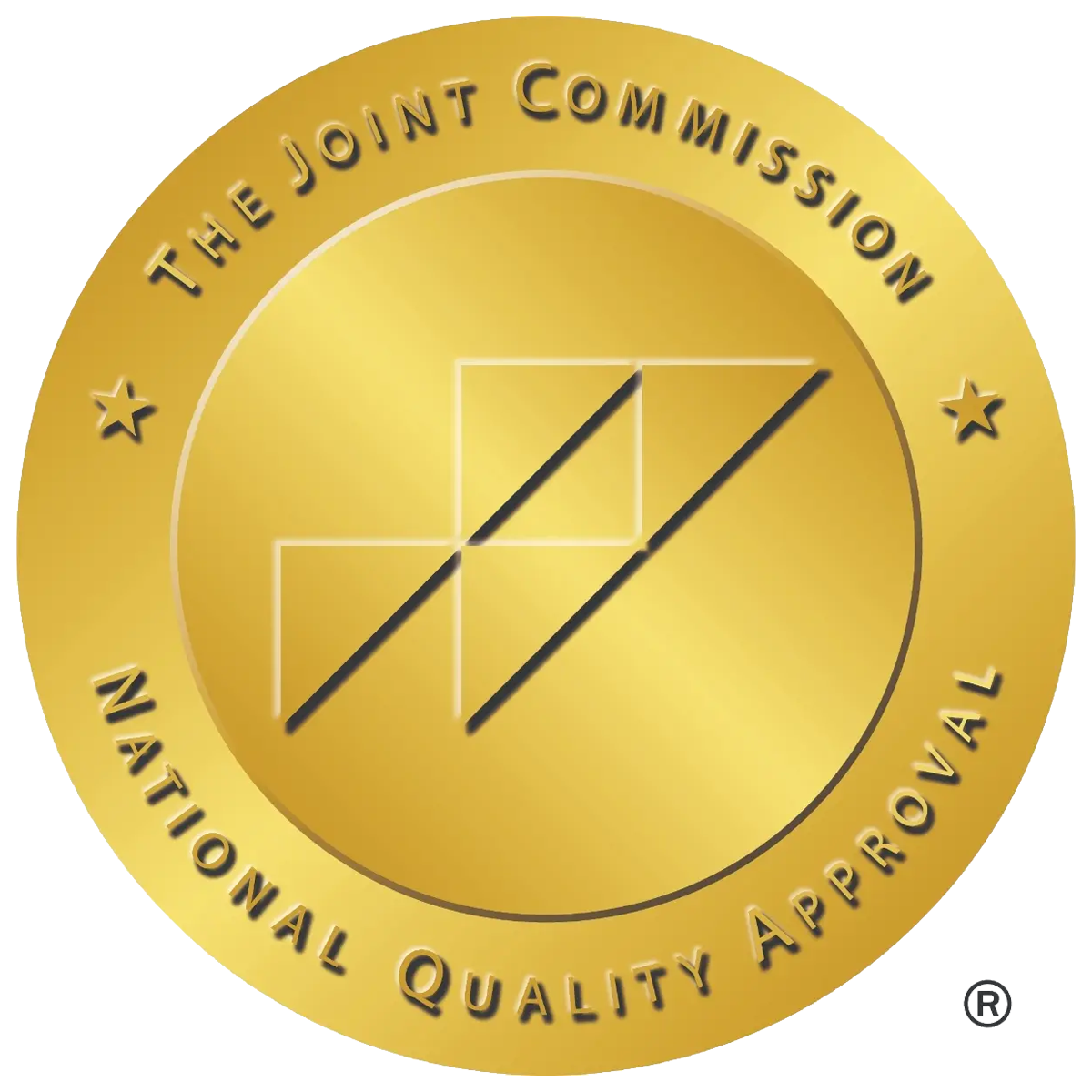
Drug Information
Brand / names: Narcotics
Drug class: Narcotics
About the Author
Site Admin
Narcotics Key takeaways
- In medicine, “narcotics” most often means opioids (natural, semi‑synthetic, or synthetic drugs used for pain). In law and common speech, the word can be broader or imprecise.
- Opioids carry high risks: tolerance, dependence, opioid use disorder (addiction), overdose, and dangerous drug interactions.
- Naloxone can reverse an opioid overdose. Call 911 first.
- Effective care usually combines medical detox, medications for opioid use disorder (MOUD), and ongoing therapy and support.
Understanding Narcotics
Narcotics, or prescription opioids, are powerful medications often used to relieve moderate to severe pain. These drugs include natural opiates from the opium poppy plant and synthetic opioids created in laboratories. While doctors may also prescribe them for cough suppression or diarrhea, their most common use is pain relief.
Opioid categories
- Natural (opiates): morphine, codeine (from the opium poppy)
- Semi‑synthetic: heroin, oxycodone, hydrocodone, oxymorphone
- Synthetic: fentanyl, methadone, tramadol, meperidine (pethidine)
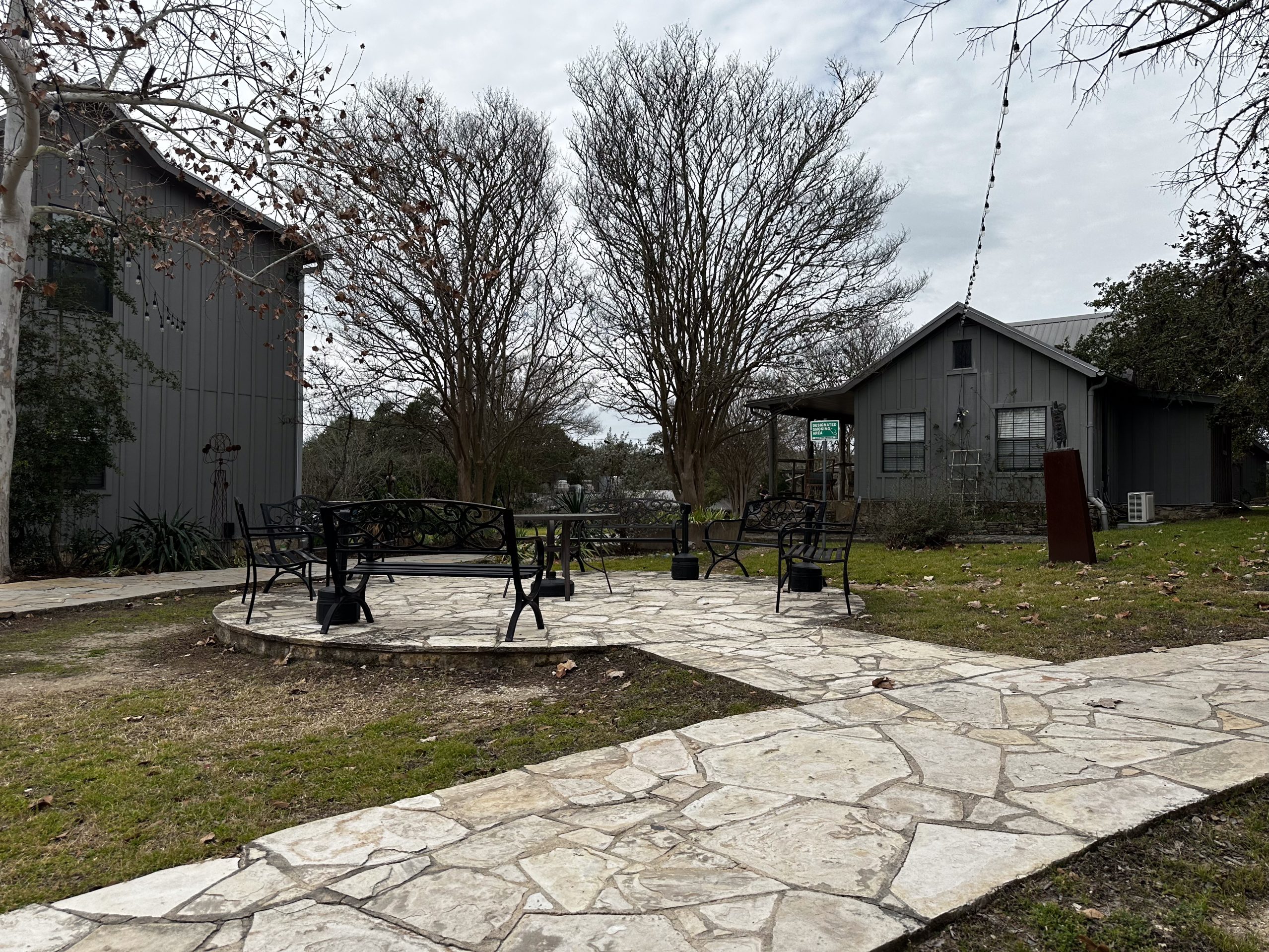
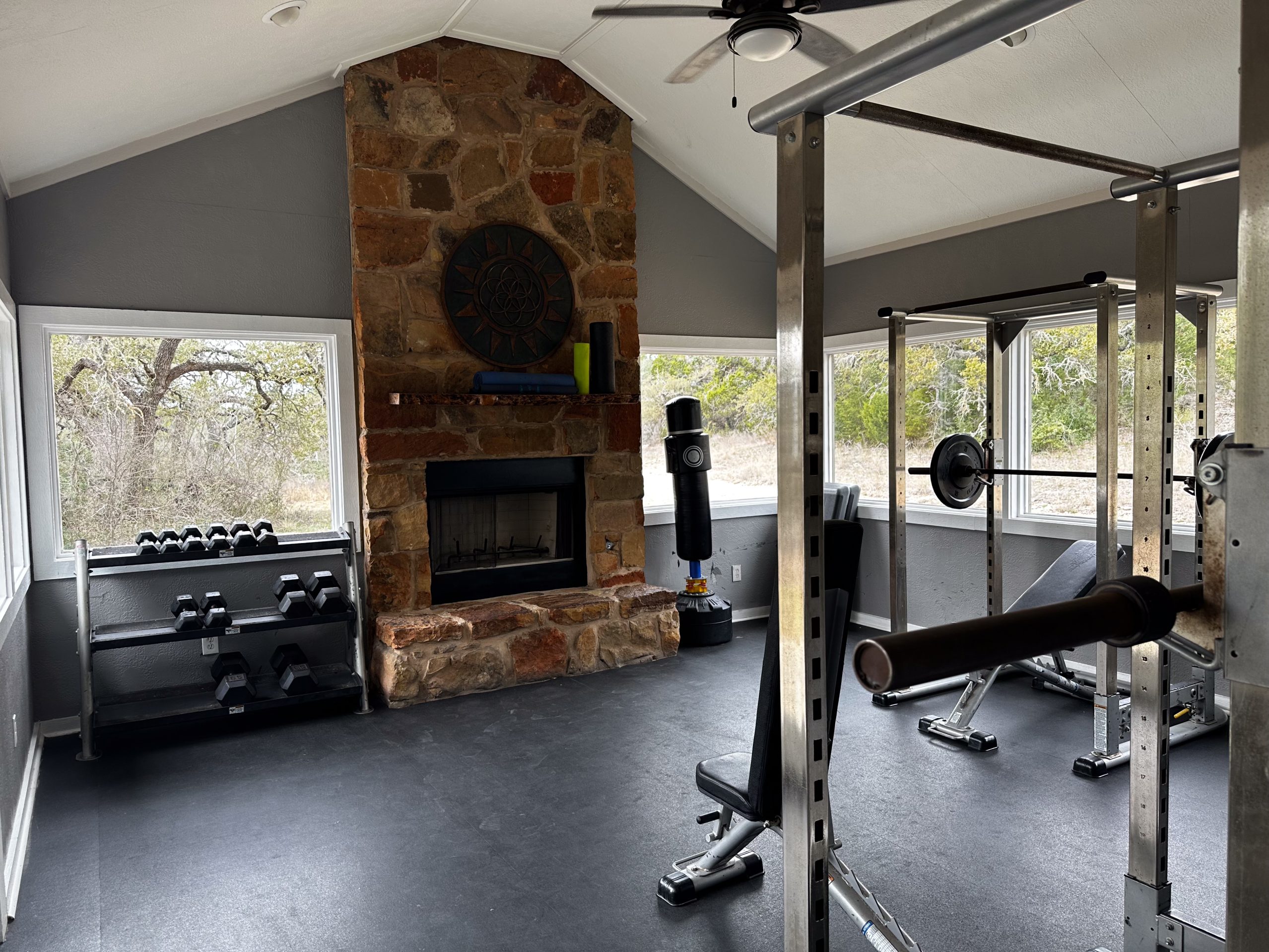
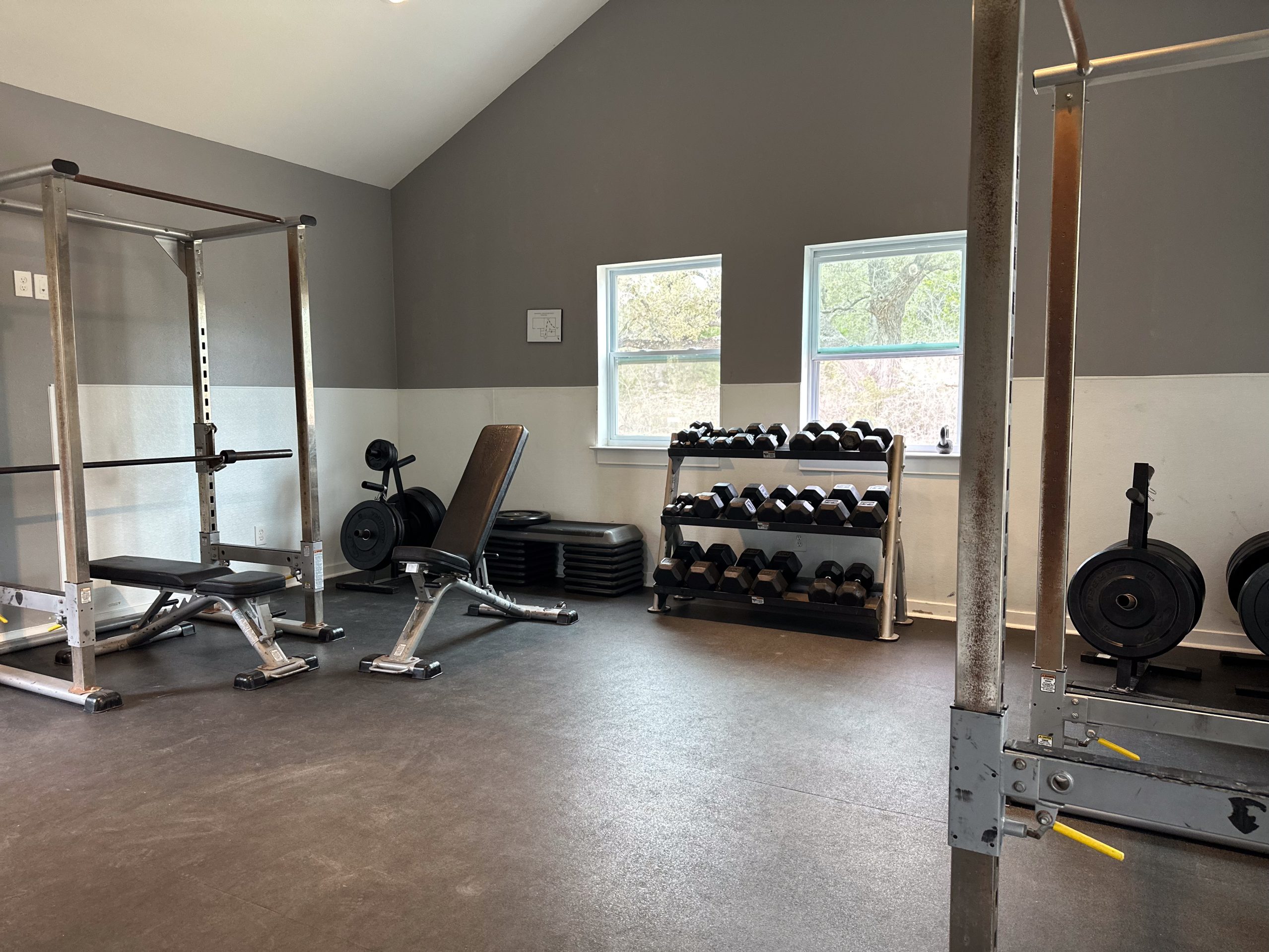
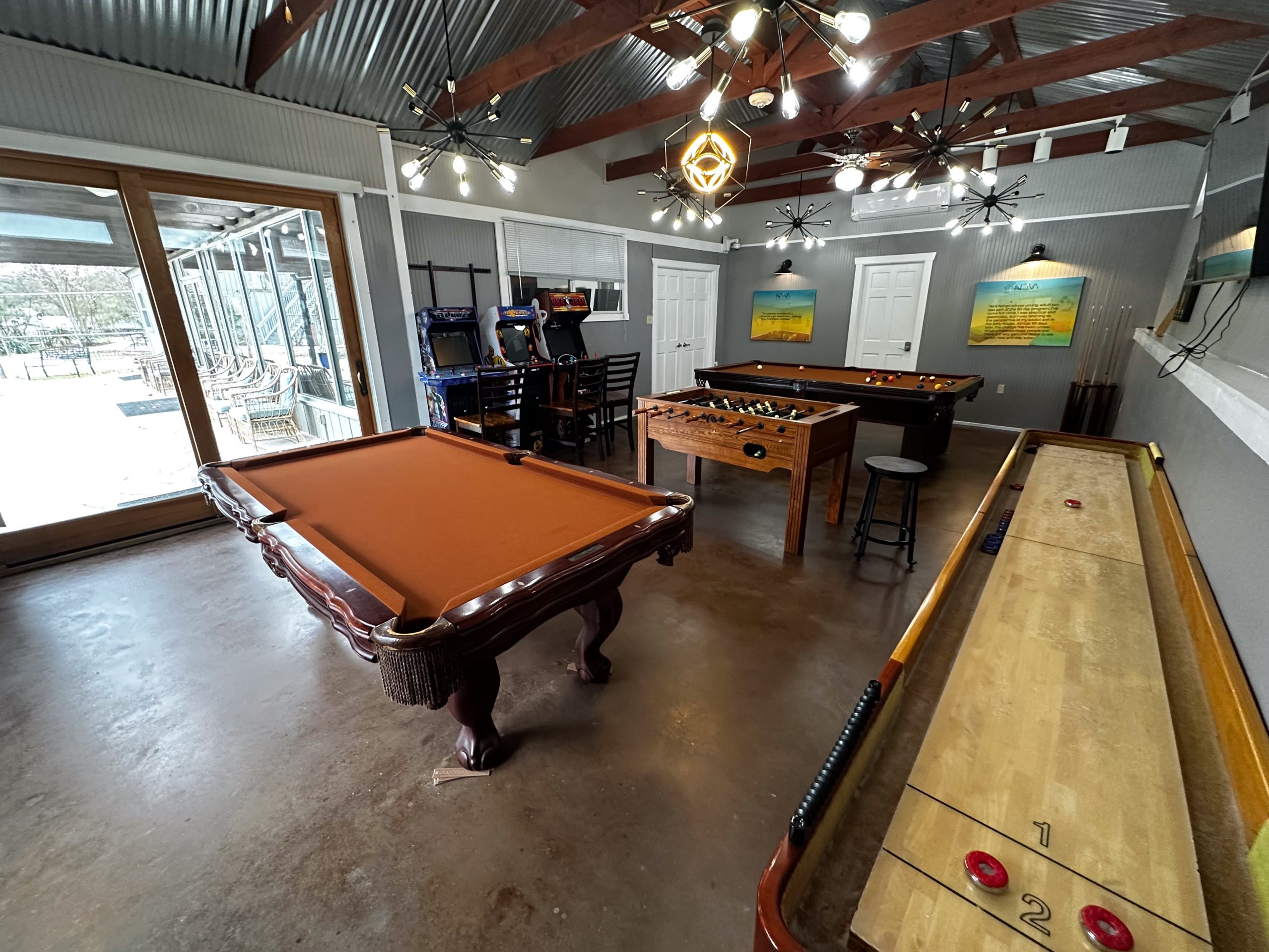
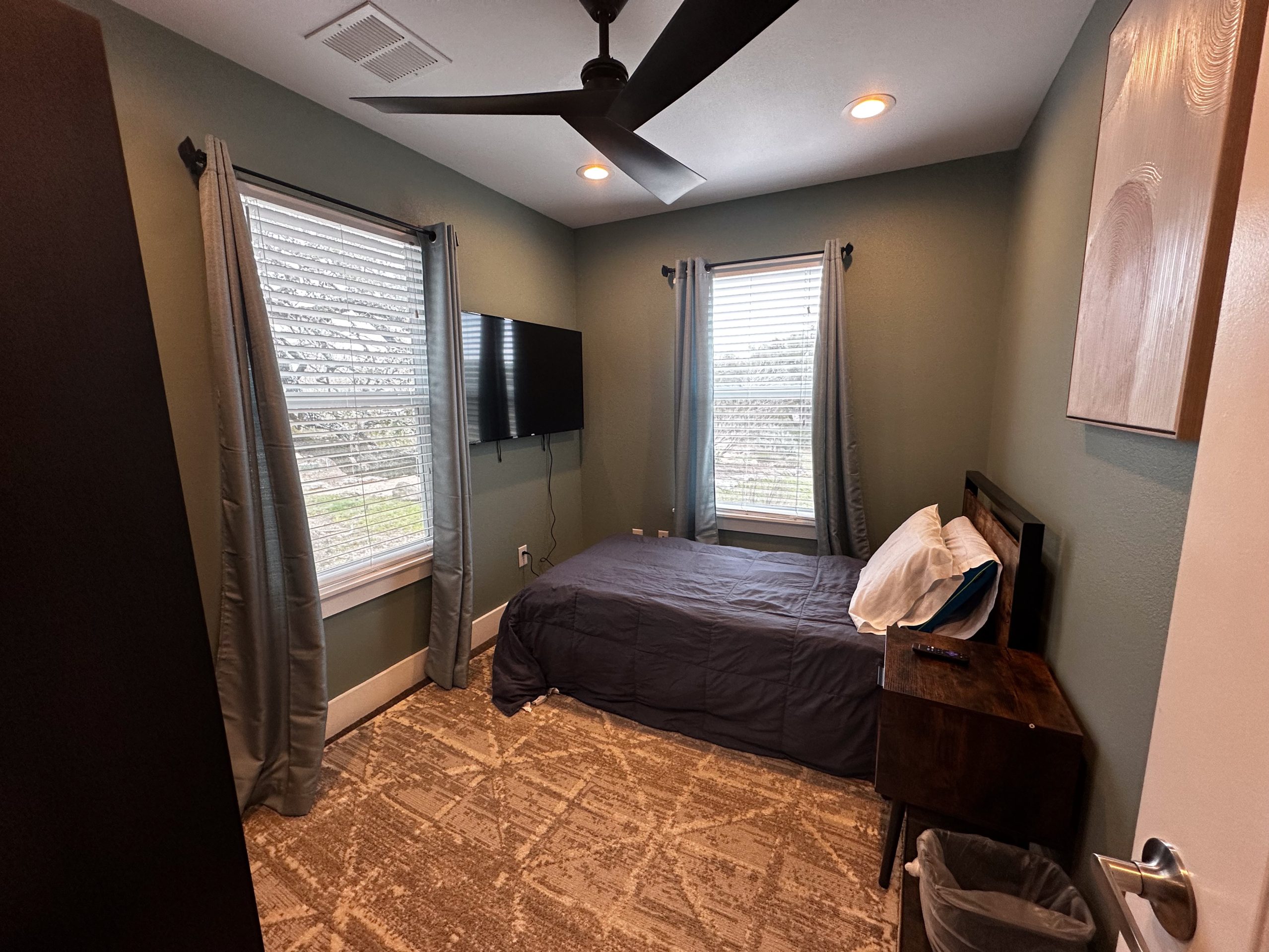
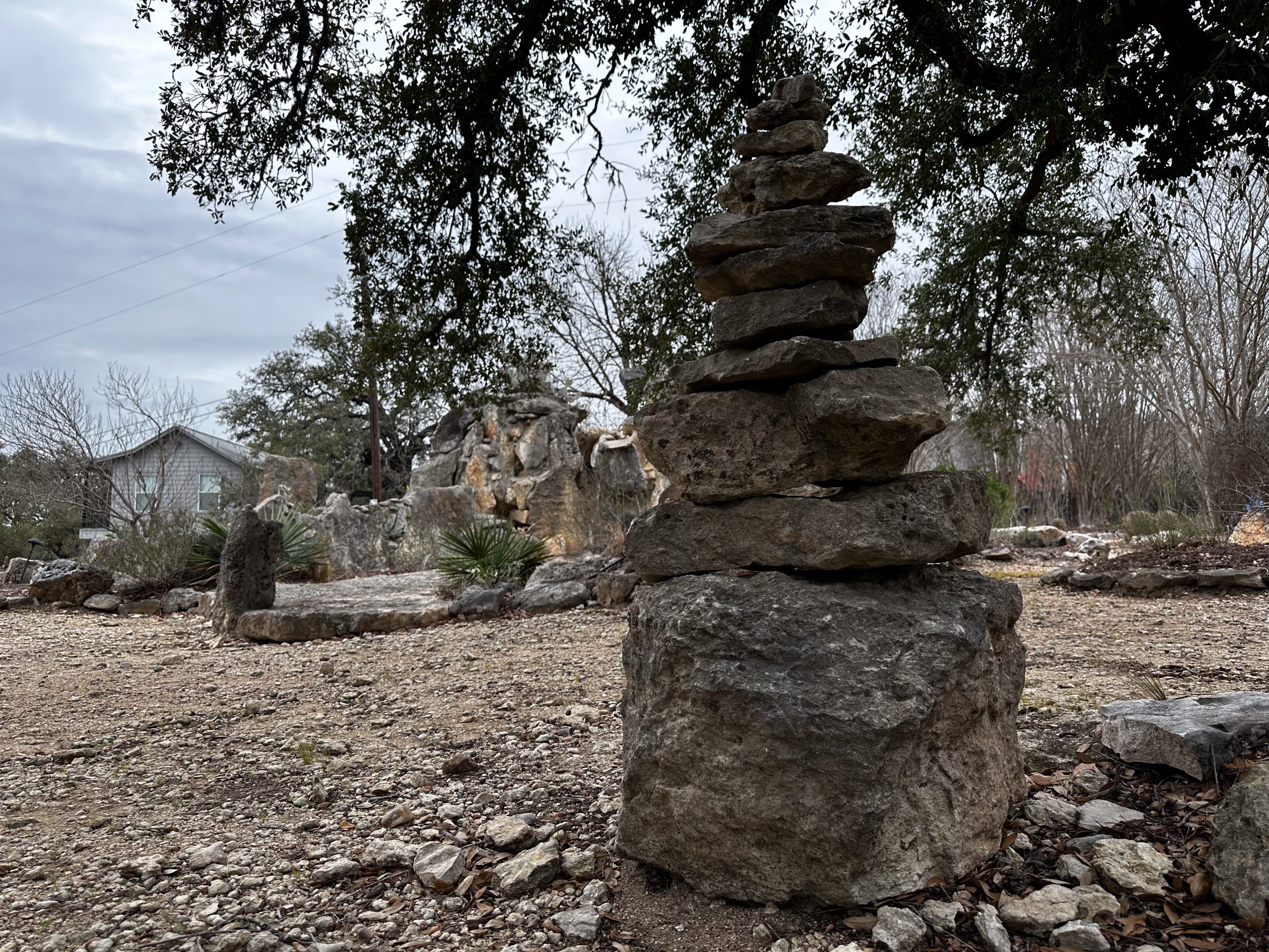
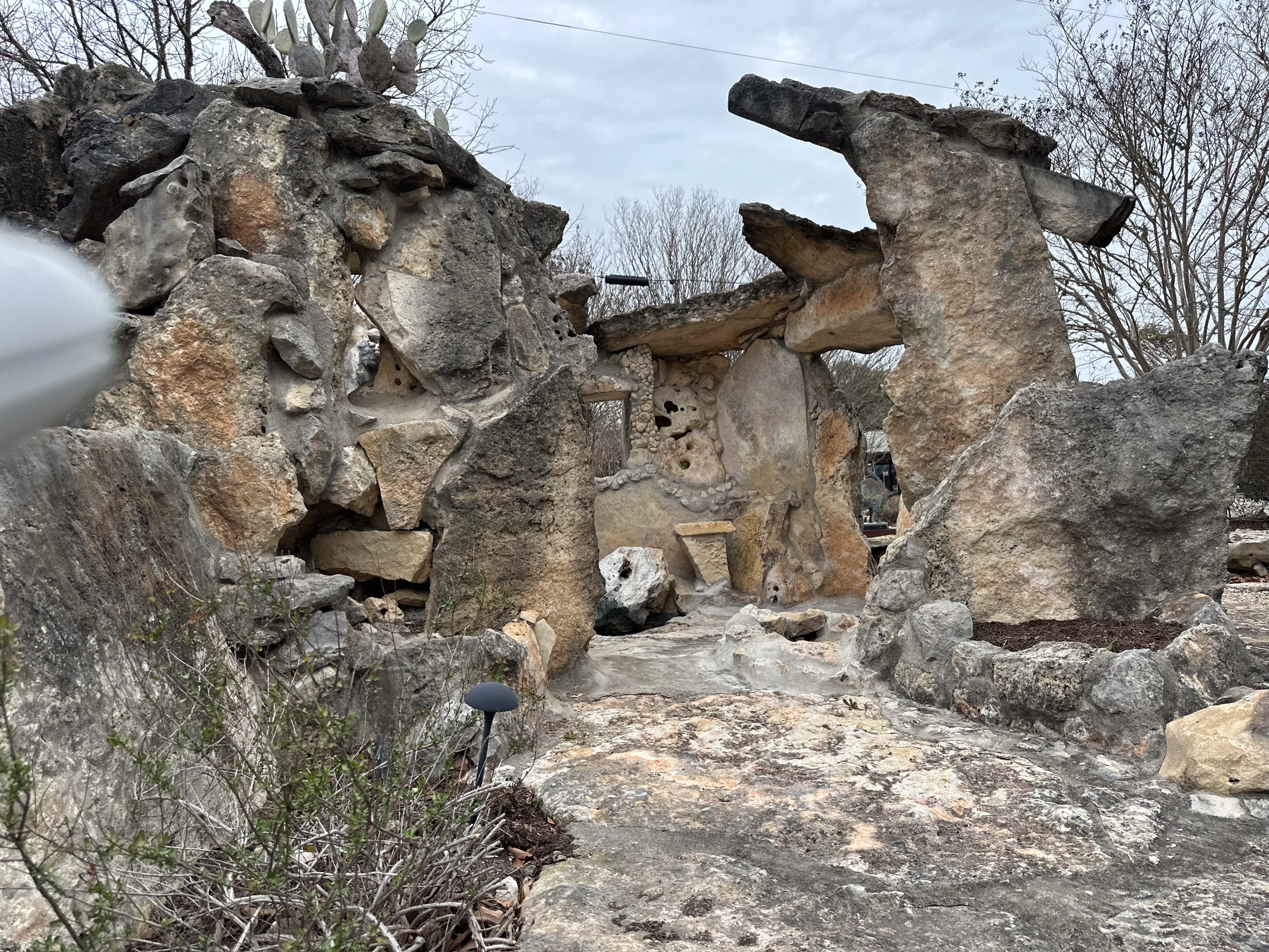
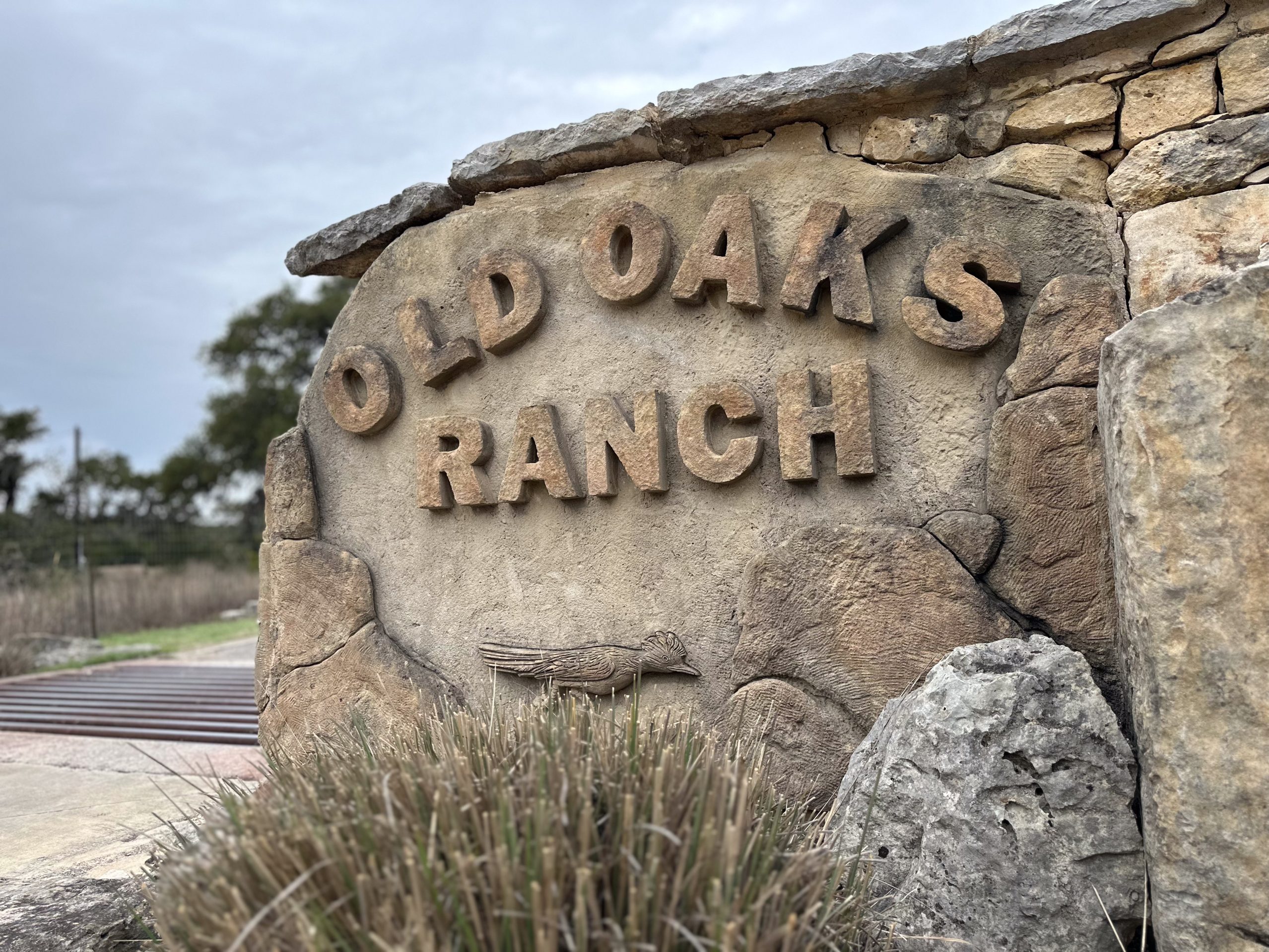
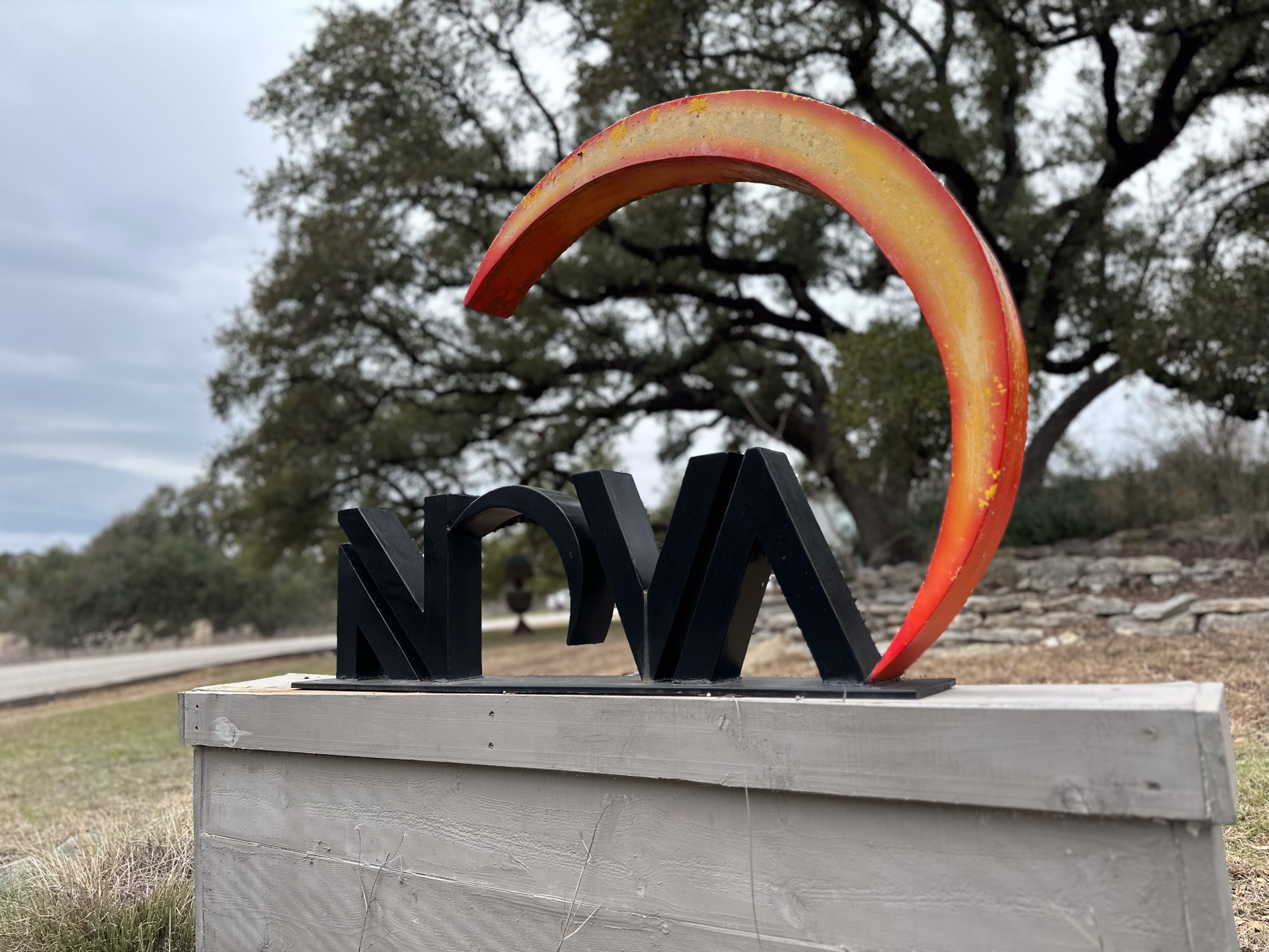
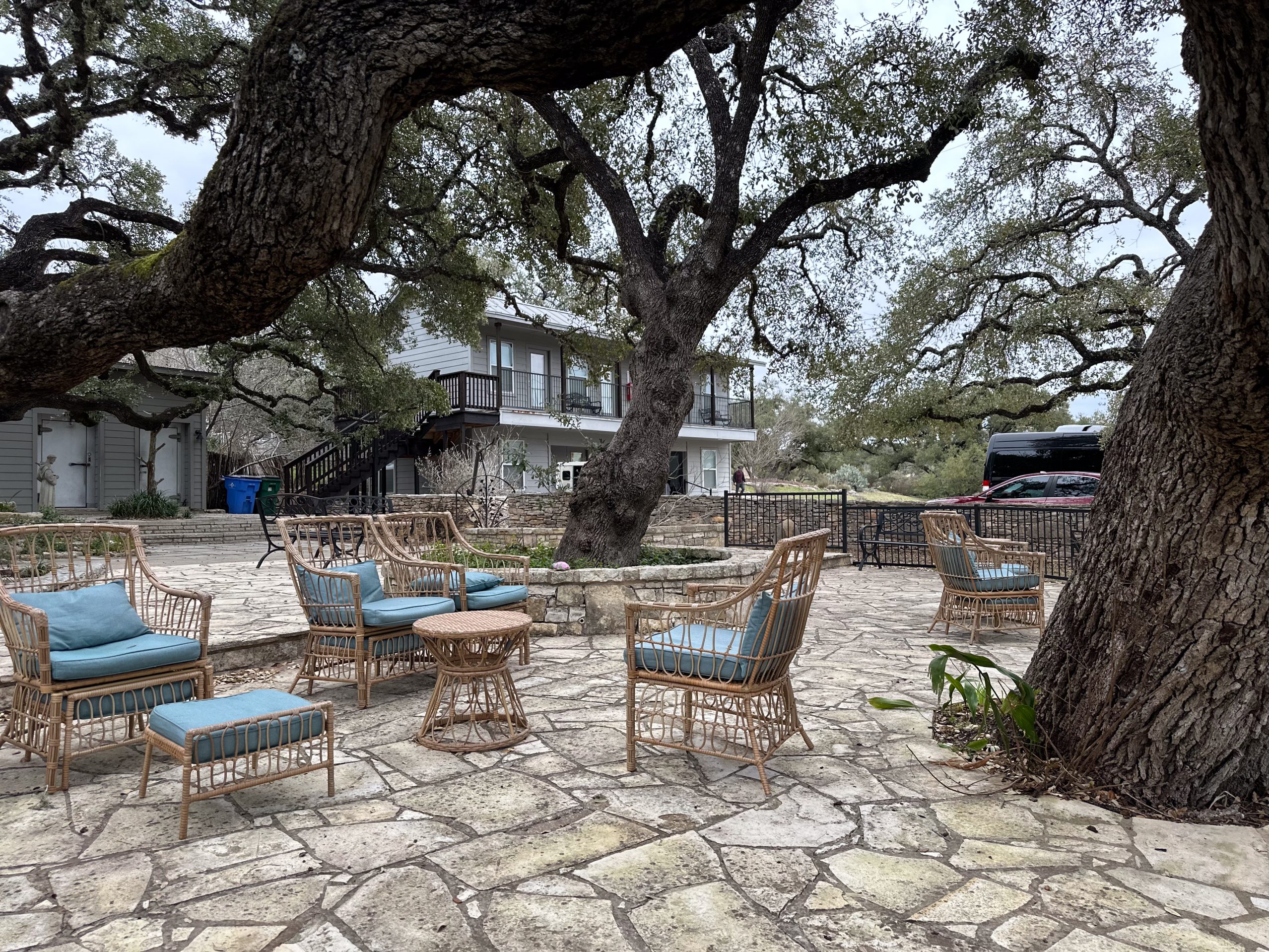
Common examples of narcotic (opioid) drugs
These drugs come in several forms—tablets, capsules, powders, syrups, patches, and even lollipops. Common examples include:
- Fentanyl (various brands) — Schedule II
- Heroin — Schedule I (no accepted medical use)
- Hydrocodone (Vicodin/Norco) — Schedule II
- Hydromorphone (Dilaudid) — Schedule II
- Methadone — Schedule II
- Morphine (MS Contin, Kadian) — Schedule II
- Oxycodone (OxyContin, Percocet) — Schedule II
- Oxymorphone (Opana) — Schedule II
- Meperidine (Demerol) — Schedule II
- Buprenorphine (Suboxone/Subutex) — Schedule III
- Codeine — Schedule II/III/V (varies by formulation)
- Tramadol — Schedule IV
Narcotics bind to opioid receptors in the brain and nervous system. They block pain signals and release dopamine, producing a rush of relaxation and pleasure.
What are “narcotics”?
In medical contexts today, “narcotics” is commonly used to refer to opioids—a class of drugs that reduce moderate to severe pain by binding to opioid receptors in the brain and body. However, the term “narcotic” is imprecise outside medicine and has been used in law enforcement and everyday speech to mean a wide range of controlled or illicit drugs. Because of that variation, many authorities recommend using “opioids” for clarity.
How opioids work
Opioids bind to opioid receptors in the central and peripheral nervous systems, reducing the transmission of pain signals and often producing euphoria. This mechanism also slows breathing and can impair cognition and coordination.
Why Narcotics Are Addictive
The euphoric effects of narcotics can quickly lead to dependency. According to the National Institute on Drug Abuse, physical dependence and psychological cravings often develop even with short-term use.
Many people misuse these drugs by:
- Taking someone else’s prescription
- Using higher doses than prescribed
- Snorting crushed pills
- Injecting dissolved powders
- Using opioids purely for the high
Repeated misuse often leads to a full-blown addiction.
National Trends and Statistics
Based on the National Survey on Drug Use and Health, 3.0% of Americans misused prescription opioids in 2023. Many of them obtained these medications from family members or friends.
Other key statistics include:
- Among people aged 12 or older who misused prescription pain relievers in 2023, ≈ 39.1% obtained the drug most recently from a friend or relative (free, bought, or taken without asking).
- 1.9% of people aged 12 or older in 2023 had a prescription pain reliever use disorder.
- 2.0% of U.S. adults aged 12+ in 2023 had an opioid use disorder in the past year.
- Overdose deaths remain extremely high: in 2023, ~105,000 people died from drug overdoses, with about 80,000 of those involving opioids (~76%).
U.S. trends
The United States continues to experience high overdose rates, especially from synthetic opioids like fentanyl.
In 2023, the United States recorded 105,007 drug overdose deaths; although age‑adjusted rates dipped slightly from 2022, the burden remains high, with adults 35–44 experiencing the highest rates. Synthetic opioids—especially illicit fentanyl—dominate fatalities.
Common Street Names
Slang terms include Big H, Hillbilly Heroin, Lean, OC, Ox, Oxy, Smack, Junk, and Purple Drank. These names often disguise the dangers of narcotics.
Short‑term and long‑term effects
Short‑term effects may include drowsiness, dizziness, nausea/vomiting, and constipation. Long‑term use—especially at high doses—can lead to tolerance, dependence, opioid use disorder, heightened pain sensitivity, hormonal/sexual dysfunction, and increased risk of infections if injected.
Dangerous interactions (higher overdose risk)
Combining opioids with alcohol, benzodiazepines (e.g., alprazolam), sedative‑hypnotics (e.g., zolpidem), certain antidepressants/antipsychotics, or muscle relaxants significantly increases risk of respiratory depression and death. Always disclose all medicines and supplements to your prescriber.
Recognizing an opioid overdose—and what to do
Overdose signs: very slow/paused breathing, blue/purple lips or nails, unresponsiveness, pin‑point pupils.
Act fast:
- Call 911.
- Give naloxone (now available OTC in nasal sprays).
- Keep the person breathing/awake if possible until help arrives.
Signs of Addiction
Behavioral red flags include:
- Mood swings
- Doctor shopping
- Borrowing pills
- Poor decisions
- Skipping responsibilities
- Taking opioids without a medical reason
People with narcotics addiction often ignore warnings from family members, friends, or doctors. They may also hide their use or downplay the risks.
Withdrawal Symptoms of Narcotics
Stopping opioids abruptly can trigger withdrawal—restlessness, muscle aches, chills, insomnia, diarrhea, anxiety, and strong cravings. Symptoms generally begin within 8–24 hours after short‑acting opioids and later for long‑acting agents; intensity peaks in a few days and can last a week or more, with lingering sleep and mood symptoms. Medically supervised detox eases symptoms and reduces complications.
When individuals stop using narcotics, they often experience painful symptoms of withdrawal. These include:
- Restlessness
- Watery eyes
- Runny nose
- Chills
- Muscle aches
- Diarrhea
- Vomiting
- Insomnia
- Anxiety
- Depression
- Increased heart rate
- High blood pressure
- Strong cravings
Both opiate withdrawal symptoms and opioid withdrawal symptoms can be intense and may last for days or weeks.
Why Cold Turkey Is Dangerous
Suddenly stopping opioids can shock the body. Symptoms may become life threatening, including seizures and heart complications. Without supervision, this method can trigger relapse and overdose.
More Time. More Joy. More You. Start Now.
WE ACCEPT MOST INSURANCES







Evidence‑based treatment options
Detox & withdrawal management: Clinical monitoring with medications to manage symptoms.
Medications for opioid use disorder (MOUD):
- Buprenorphine or methadone reduce cravings and withdrawal, improve retention, and lower mortality.
- Naltrexone helps prevent relapse after detox for selected patients.
- Therapies & support: CBT, contingency management, family therapy, peer support, and recovery housing.
Levels of care: inpatient treatment /residential rehab, intensive outpatient (IOP), and sober living, selected based on severity and stability.
Take the First Step Today
Overcoming narcotics addiction is difficult, but recovery is possible. With medical care, therapy, and support groups, individuals can build a healthier life.
We offer a full continuum in Texas—from detox to residential care, IOP, and recovery housing. Treatment plans are individualized and grounded in evidence‑based therapies, with same‑day admissions often available in Austin.
If you or someone you know needs help, don’t wait. Call (512) 605-2955 to speak with an admissions counselor at Nova Recovery Center. Our program offers compassionate care, personalized treatment plans, and a path to lasting sobriety.
Freedom Starts Here. Take Back Your Life Today.
Same-Day Admissions in Austin Available.
Explore More Types of Narcotics
Codeine
Other Outpatient Drug and Alcohol Rehab Locations
Answers to Common Questions About Narcotic Addiction and Treatment
What exactly is narcotic addiction, and how does it develop?
Narcotic addiction, clinically referred to as a type of opioid or substance use disorder, occurs when repeated use of drugs—even prescribed ones—causes changes in the brain. These changes impact self-control and intensify drug cravings, leading to continued use despite negative consequences. It’s a chronic, treatable condition—not a moral failing.
How are prescription opioids and heroin connected in terms of addiction?
Many people begin with legally prescribed opioids for pain relief and, over time, develop tolerance. When prescriptions become unavailable or ineffective, some may turn to illicit alternatives like heroin—often unaware of increased overdose risk due to variable purity.
What is opioid use disorder and how is it diagnosed?
Opioid use disorder (OUD) is diagnosed when someone struggles with strong opioid cravings, tolerance, withdrawal symptoms, and continued use despite harmful effects. Diagnosis typically follows criteria outlined in the DSM-5 and is best confirmed by a qualified healthcare professional.
What’s involved in narcotic detox and can it be done safely at home?
Detox is the process of safely removing narcotics from your system. While it’s essential to begin the recovery journey, the withdrawal can be intense—think nausea, muscle aches, insomnia, anxiety, and strong cravings. Detoxing without medical oversight can be dangerous. That’s why supervised programs at places like Nova Recovery Center exist—to manage symptoms safely and comfortably.
What treatment options are available—what’s the difference between inpatient and outpatient rehab?
Inpatient rehab offers around-the-clock care in a structured, supportive environment—perfect for early recovery or severe addiction cases.
Outpatient rehab allows you to maintain daily responsibilities while attending therapy and treatment sessions.
Both can be effective, depending on your needs, commitment level, and severity of the addiction.
What is Medication-Assisted Treatment (MAT), and how does it help?
MAT combines FDA-approved medications—such as buprenorphine, methadone, or naltrexone—with counseling and behavioral therapies. It eases withdrawal and reduces the risk of relapse and overdose by stabilizing the brain’s chemistry.
How do rehab programs help with relapse prevention and cravings?
Treatment combines behavioral therapies (like cognitive behavioral therapy, motivational enhancement, and peer support programs) with individual counseling to address underlying triggers and build relapse prevention strategies. Nova Recovery Center integrates these approaches into personalized, long-term recovery planning.
What is the real risk of overdose with narcotic use, and how can it be reduced?
Narcotic overdose is a serious risk—especially with unpredictable potency (like street heroin) or during withdrawal. Preventive steps include using MAT, carrying naloxone (an overdose-reversal medicine), and staying connected to care during high-risk periods.
When is the best time to seek help for addiction, and how does Nova Recovery Center support confidentiality?
If narcotic use is affecting your health, relationships, or daily life—and traditional control isn’t working—it’s time to reach out. At Nova Recovery Center, we pride ourselves on 100% confidentiality, personalized assessments, and treatment plans built around your unique story and comfort.
How long does recovery take, and what does long-term success look like?
Recovery timelines vary, but long-term success hinges on ongoing support, healthy routines, managing triggers, and solid community. Whether you begin with inpatient or outpatient care, continued therapy, sober networks, and lifestyle change build the foundation for lasting freedom from addiction.
Are “narcotics” and “opioids” the same thing?
In clinical use, yes—narcotics typically refers to opioids. Legally, “narcotic” can be broader or inconsistent. “Opioid” is the more precise medical term.
What are examples of narcotics?
Fentanyl, heroin, oxycodone, hydrocodone, morphine, methadone, hydromorphone, codeine, meperidine, buprenorphine, and tramadol.
Is tramadol a narcotic?
Medically, tramadol is an opioid analgesic; in the U.S. it’s Schedule IV.
Are benzodiazepines narcotics?
No. They are sedatives, not opioids. Mixing them with opioids increases overdose risk.
How long do opioids stay in your system?
It varies by drug, dose, duration, and your metabolism; many are detectable for 1–3 days or more.
What should I do during an overdose?
Call 911 and use naloxone if available; continue monitoring breathing until help arrives.
How Long Do Withdrawal Symptoms Last?
Symptoms usually start within 12 hours and peak around day three. They can linger for up to a week or more depending on drug type and history of use.
Can You Fully Recover From Narcotics Addiction?
Yes. With the right level of care, long term recovery is possible. It often requires continued effort, therapy, and support.
Are Older Adults at Higher Risk?
Yes. Older adults may metabolize drugs slower, making side effects more dangerous and increasing the risk for overdose or cognitive decline.
Do All Programs Use the Same Therapies?
No. Programs offer a wide range of services that vary depending on location, clinical approach, and patient needs.
Medical Disclaimer
The content on this page is intended for educational purposes only and should not be used as a substitute for professional medical advice, diagnosis, or treatment. Lexapro (escitalopram) and all other prescription medications must be taken only under the guidance of a licensed healthcare provider. Never start, stop, or adjust your dosage without first consulting your doctor. If you experience severe side effects, withdrawal symptoms, or thoughts of self-harm, call 911 immediately in the United States or seek urgent medical help. For mental health support, you can also dial 988 to connect with the Suicide & Crisis Lifeline, available 24/7.
Nova Recovery Center Editorial Guidelines
By instituting a policy, we create a standardized approach to how we create, verify, and distribute all content and resources we produce. An editorial policy helps us ensure that any material our writing and clinical team create, both online and in print, meets or exceeds our standards of integrity and accuracy. Our goal is to demonstrate our commitment to education and patient support by creating valuable resources within our realm of expertise, verifying them for accuracy, and providing relevant, respectful, and insightful data to our clients and families.
